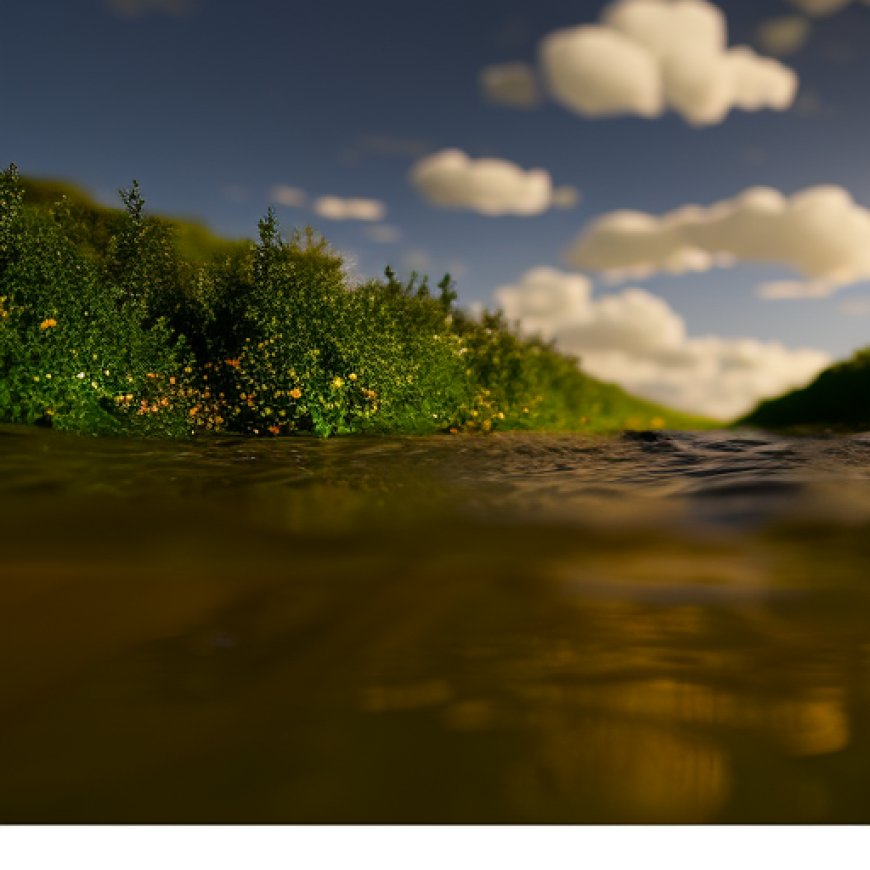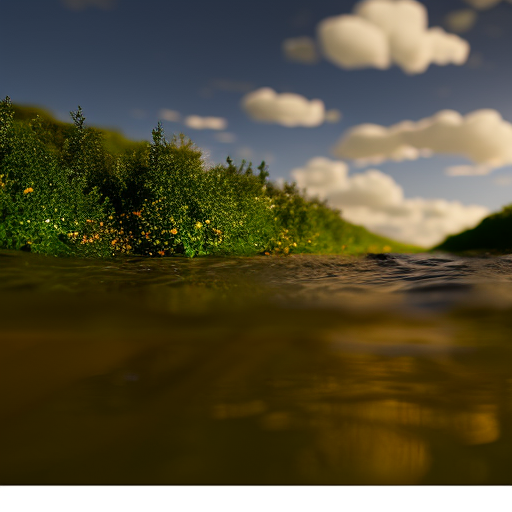Where the Rubber Meets the Road (and River)—Evaluating Impacts of Stormwater and Road Runoff on Salmon and Aquatic Ecosystems
Where the Rubber Meets the Road (and River)—Evaluating Impacts ... United States Geological Survey (.gov)


What is 6PPD and its toxic variant, 6PPDQ?
Stormwater and road runoff are increasingly recognized forms of pollution that can contain chemicals harmful to fish and other aquatic animals. One such chemical is 6 p-phenylenediamine – quinone (6PPDQ). 6 p-phenylenediamine (6PPD) is critical to the life of automobile tires and driver safety by protecting tire rubber from cracking. 6PPD absorbs the degrading impacts of the ozone by reacting with air and transforming into 6PPD-quinone (6PPDQ). 6PPDQ is then released into the environment as tires wear down while driving, and stormwater carries the chemical into nearby rivers and streams. Once in the water, fish and other aquatic organisms are exposed to the chemical.
Recently, 6PPDQ was linked to mass mortality of adult coho salmon in some streams of the Pacific Northwest (Tian et al. 2021). This recent discovery has inspired new research into the breadth of 6PPDQ’s impacts on aquatic ecosystems.
Science toward solutions
Collaborating scientists from the USGS Western Fisheries Research Center and Kansas Water Science Center have recently published two new papers that advance our understanding of impacts of 6PPDQ on salmon and establish methods for cost effective and humane approaches to more broadly study how and to what extent 6PPDQ and other related contaminants affect our aquatic ecosystems. This science is a critical step toward informing water quality thresholds for 6PPDQ that can help guide efforts to collect and filter road runoff. These new methods can also be used for testing 6PPD alternatives for tires.
The first paper, published in Environmental Science & Technology Letters, validates the use of fish cell lines grown in a lab to assess the impacts of 6PPDQ and other tire wear transformation products on fish health versus testing on live fish. Coho salmon, sockeye salmon, Chinook salmon, and rainbow trout cell lines were used, and the difference in impacts of 6PPDQ among the species were consistent with tests on live fish. Cell lines are cheaper, can be used in a broad number of laboratories, and doesn’t result in killing animals, conforming with global efforts to reduce animal use in laboratory experiments.
The second study, published in Environmental Science & Technology, explores the freshwater, early life-stages of coho salmon, when they are likely to encounter 6PPDQ in the environment. Past studies have shown that older juvenile and adult coho are very sensitive to 6PPDQ and die after exposure at levels found in the environment. This new study complements those. It shows that coho embryos, in eggs that are usually laid in riverbeds, rarely die when exposed. However, as soon as baby coho hatch, they are very sensitive to 6PPDQ and experience significant mortality. Basically, coho salmon are at risk of being killed by 6PPDQ for the one to two-year period they typically live in the freshwater after hatching, and when they return from the ocean to the freshwater as adults to spawn and lay eggs.
This paper also includes a novel analysis of the coho genome to show how 6PPDQ likely kills coho salmon. Based on the genes affected and consistent with hypotheses generated from previous studies, 6PPDQ may make arteries, veins, and the barrier between blood and the brain more permeable.
What’s next for USGS?
Western Fisheries Research Center scientists are now determining whether 6PPDQ causes sublethal effects to salmon, such as changing disease resistance or their metabolism. We are also working to advance the use of animal cell lines and other strategies for testing the impacts of 6PPDQ across many aquatic organisms and for exploring alternative chemicals for tire protection.
Photos in carousel courtesy of Florian Graner / Sealife Productions
SDGs, Targets, and Indicators
1. Which SDGs are addressed or connected to the issues highlighted in the article?
- SDG 14: Life Below Water – The article discusses the impact of 6PPDQ on fish and other aquatic organisms in rivers and streams.
- SDG 15: Life on Land – The article mentions the potential harm of 6PPDQ on coho salmon and its impact on freshwater ecosystems.
2. What specific targets under those SDGs can be identified based on the article’s content?
- SDG 14.1: By 2025, prevent and significantly reduce marine pollution of all kinds, particularly from land-based activities, including marine debris and nutrient pollution – The article highlights the pollution of rivers and streams with 6PPDQ, a chemical harmful to fish and other aquatic animals.
- SDG 15.1: By 2020, ensure the conservation, restoration, and sustainable use of terrestrial and inland freshwater ecosystems and their services, in particular forests, wetlands, mountains, and drylands, in line with obligations under international agreements – The article emphasizes the need to understand the impacts of 6PPDQ on coho salmon and other aquatic organisms in freshwater ecosystems.
3. Are there any indicators mentioned or implied in the article that can be used to measure progress towards the identified targets?
- Indicator for SDG 14.1: Proportion of coastal and marine areas protected to conserve biodiversity – The article does not mention this specific indicator, but it highlights the need to prevent marine pollution from land-based activities, which can be measured by assessing the proportion of protected coastal and marine areas.
- Indicator for SDG 15.1: Proportion of important sites for terrestrial and freshwater biodiversity that are covered by protected areas – The article does not mention this specific indicator, but it emphasizes the importance of conserving and restoring freshwater ecosystems, which can be measured by assessing the proportion of important sites for biodiversity covered by protected areas.
Table: SDGs, Targets, and Indicators
| SDGs | Targets | Indicators |
|---|---|---|
| SDG 14: Life Below Water | 14.1: By 2025, prevent and significantly reduce marine pollution of all kinds, particularly from land-based activities, including marine debris and nutrient pollution | Proportion of coastal and marine areas protected to conserve biodiversity |
| SDG 15: Life on Land | 15.1: By 2020, ensure the conservation, restoration, and sustainable use of terrestrial and inland freshwater ecosystems and their services, in particular forests, wetlands, mountains, and drylands, in line with obligations under international agreements | Proportion of important sites for terrestrial and freshwater biodiversity that are covered by protected areas |
Behold! This splendid article springs forth from the wellspring of knowledge, shaped by a wondrous proprietary AI technology that delved into a vast ocean of data, illuminating the path towards the Sustainable Development Goals. Remember that all rights are reserved by SDG Investors LLC, empowering us to champion progress together.
Source: usgs.gov

Join us, as fellow seekers of change, on a transformative journey at https://sdgtalks.ai/welcome, where you can become a member and actively contribute to shaping a brighter future.







